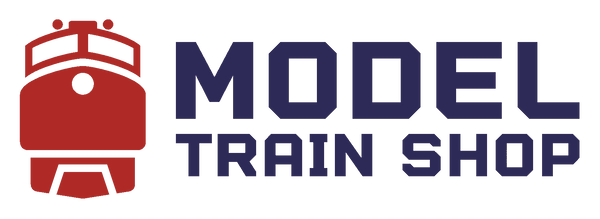Digital versus analog control
Nowadays, model railways are commonly controlled digitally, which may confuse some enthusiasts due to complicated components and technical terms. However, it's actually quite simple. In traditional electric model railways, power is provided through voltage applied to the motor in the locomotive.
The voltage typically comes from a power socket, typically 240V AC, which is then transformed down to 9-24V for toy safety using a control transformer. Two cables leads from the control transformer to the track. All locomotives that are on this track performs the same maneuver when the control transformer is activated, they drives faster or slower, stopping or starting or changing the direction of travel, by the control transformer reversing the polarity of the voltage to the track.
Each locomotive on the same track can therefore not be controlled individual.
This is on the contrary possible with digital operation.
In digital operation, the voltage on the track remains constant and is transmitted from the wheels on the locomotive to a digital decoder or interface, where the decoder is inserted. The voltage includes a digital signals which using the decoder which acts as a small computer enabling each locomotive for individually to control speed and functions like lights, and smoke generator. The decoder may also control additional functions depending on its capabilities. Control commands are inputted using buttons on a control device.
Different control systems are available however DCC is commonly used nowadays. There are several communication protocols in use, however for beginners, compatibility between the control center and control device is all that matters. Starting with a beginner's set is recommended, with Roco/Fleischmann z21 central unit being an affordable and expandable option.
In short for digital operation the following is needed:
- A digital control center with its own power supply (like Z21)
- A handheld controller or a PC/tablet/smartphone to control the railway (like Z21 multiMaus or Z21 wlanMaus)
- A decoder in each locomotives
It is possible to purchase locomotives with built-in decoder or have a decoder installed by professionals.
The standard address for a new locomotive or decoder in DCC is typically "3", but it is advisable to change this to avoid conflicts. Each locomotive should have each own address so that they can be controlled individual.
